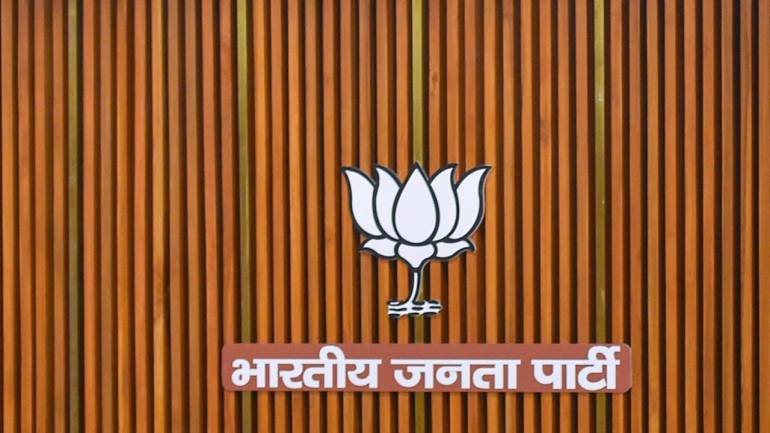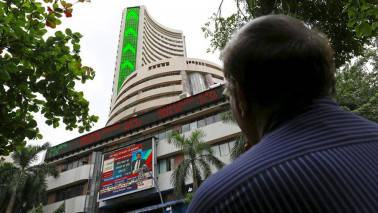In addition to the threats posed by the Jats and other groups, the BJP will have to stop a campaign among SCs, STs and OBCs that the party intends to stop all caste-cased quotas by bringing in the economic criteria as the yardstick.
Shekhar Iyer
Billed as Prime Minister Narendra Modi’s masterstroke, the 10% quota for the economically weaker sections (EWS) is considered an innovative political move even by his rivals and opponents.
However, the first reaction from politically powerful sections, particularly the Jats, the Patidars and the Marathas, towards the new EWS quota is a mixed bag of hope and disappointment.
The Jats are a predominantly landowning caste and a politically- and economically-dominant groups — moreover, they do not easily qualify as OBCs. The Centre’s EWS quota means that their demand for a separate quota will take longer than expected.
In Gujarat where the Patidar (Patel) agitation has seen many violent phases, the state government has sought to ensure the EWS quota is implemented before the general elections. The Patidar leaders are willing to wait and see how the quota rolls out to their benefit.
In Maharashtra where the Devendra Fadnavis government has announced 16% quota for Marathas under the OBC category, there is confusion on whether the EWS quota will benefit them or not.
For the moment, of these three groups, the Jats seem to be the angrier lot. Converging under the banner of All India Jat Arakshan Bachao Maha Andolan (AIJABMA), Jat leaders from Uttar Pradesh, Rajasthan, Haryana, Delhi and Madhya Pradesh have alleged that the Centre betrayed them by not accepting their demands, and has instead given reservation for forward castes. Union minister, and BJP MP representing Meerut, Satyapal Singh has backed this demand for separate quota for Jats who come under OBCs in UP and six other states but have been left out from the Central list due to relatively better economic status.
The UPA government introduced a quota for Jats in May 2014. However, in 2015 the Supreme Court struck it down saying that it did not have the mandatory recommendation of the National Commission for Backward Classes that decides which castes could be included in the OBC group based on their social and educational backwardness.
Clamour for more quota
OBC leaders such as Bihar Chief Minister Nitish Kumar, Apna Dal leader and Union minister Anupriya Patel and RJD leader Tejashwi Yadav do not openly oppose the 10% quota for EWS. Rather, they have begun to press for reservation on the basis of 'jiski jitni sankhya bhari, uski utni bhagidaari' (quota on population lines).
These OBC leaders do not want to lose the clout they gained ever since VP Singh brought in the Mandal Commission’s report in the 1990s and changed politics in India. Nitish Kumar has even advocated that the 2021 Census must record caste data to decide quotas on the basis of respective strength.
Andhra Pradesh Chief Minister N Chandrababu Naidu has announced the state government will give only five percent reservation EWS, and reserve the remaining five percent for the upper caste Kapus.
Modi is yet to respond to these demands and has instead asserted that where previous governments have failed, his government has shown the “strong political will” to address the problems of the most poor among the unreserved sections. Senior BJP leaders have echoed Modi’s views and said that the Opposition has “grudgingly” back Modi’s EWS legislation.
The Centre has also ordered a 10% increase in the number of seats in educational institutions so that the number of seats for the unreserved general category is not reduced owing to the addition of the EWS quota. This addition in numbers was necessary so as to not upset those sections in the general category who may not be able to avail the quota because of the application of “creamy layer criteria” (as is in the case of OBCs).
False campaigns
In addition to the threats posed by the above mentioned groups, the BJP will have to counter a campaign among the Schedule Castes, Schedule Tribes and OBCs, by politicians such as Jignesh Mevani that the BJP intends to eventually wrap up all caste-based quotas by bringing in the economic criteria as the yardstick to determine eligibility for reservation. Party leaders have been asked to check such misinformation campaigns.
It also has to be seen what the EWS quota does to the existing reservations in various states. The outcome of this will dominate political discourse ahead of the Lok Sabha polls.
With the 10% EWS quota the total reservation in Maharashtra will be a whopping 78% (including the 16% for the Marathas). In Tamil Nadu total reservation is 69% without the EWS quota.
In spite of these political challenges, the BJP firmly believes that the EWS quota will bring solace to the most poor among the general category, who do not enjoy reservation in jobs or seats in educational institutions. Although the move is intended to benefit the poor 'upper caste' among the general category, the poor among different minorities are also covered under this quota.
Many BJP leaders are of the view that in the meantime the discontent among the Jats, the Marathas and the Patidars is bound to flatten out since quotas on their caste lines is not a possibility in the foreseeable future.
Shekhar Iyer is former senior associate editor of Hindustan Times and political editor of Deccan Herald. Views are personal.
For more Opinion pieces, click here.














